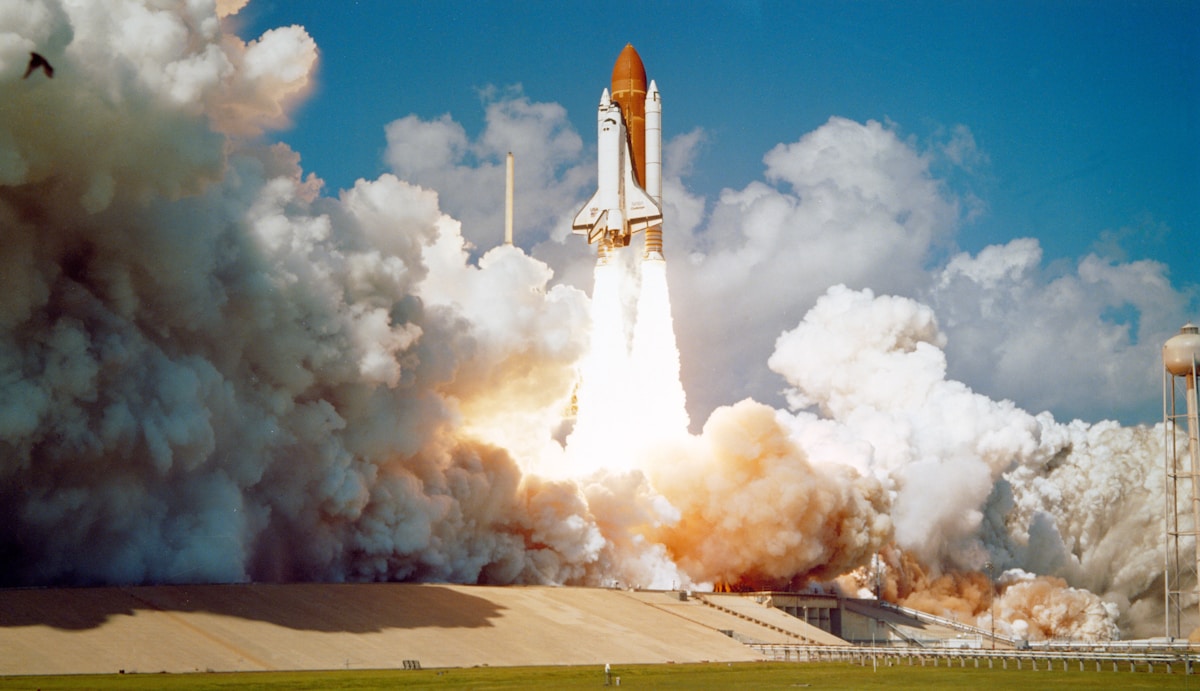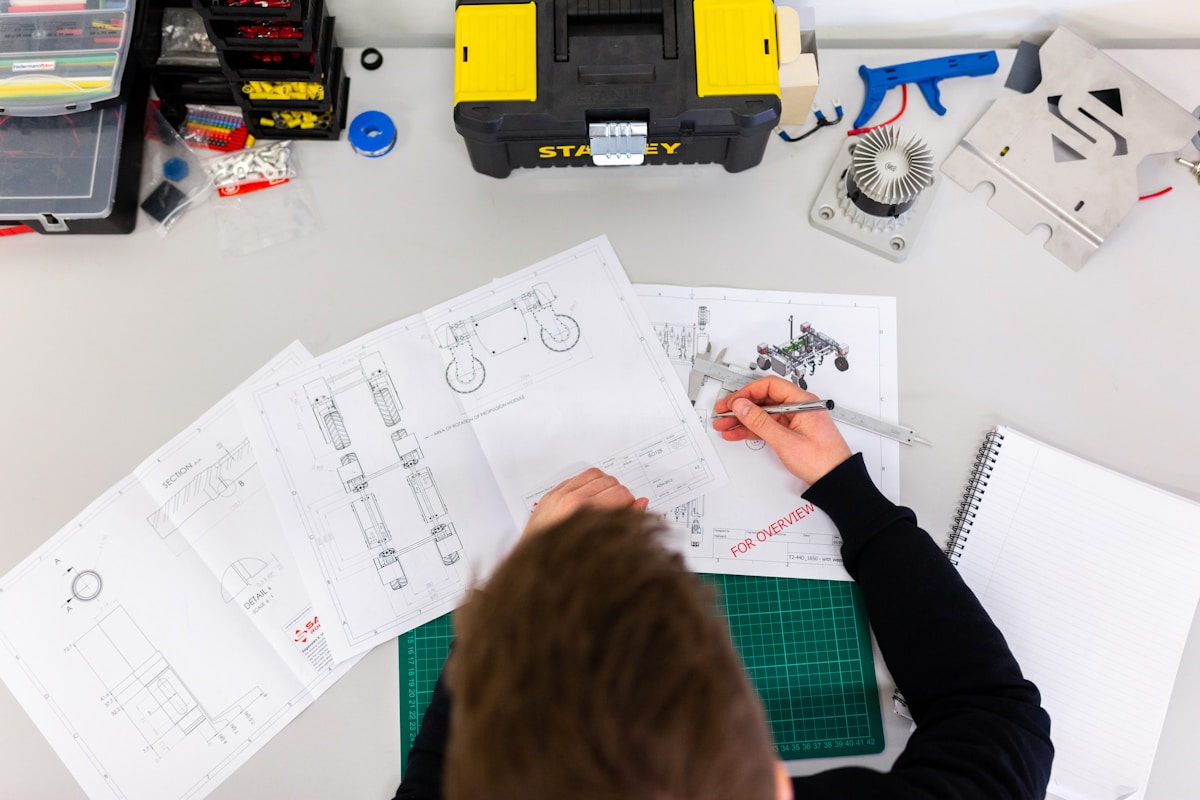
Introduction
The propulsion systems that power spacecraft represent one of the most critical technological domains in aerospace engineering. Every mission—whether launching satellites into Earth orbit, conducting interplanetary exploration, or envisioning human settlements on Mars—depends fundamentally on the efficiency, reliability, and capability of its propulsion technology.
Recent years have witnessed a remarkable acceleration in propulsion innovation, driven by both technological breakthroughs and shifting economic realities within the space sector. As commercial actors increasingly complement traditional government agencies, the demand for more efficient, cost-effective, and powerful propulsion solutions has intensified.
This analysis examines the current landscape of propulsion technology, focusing on three key areas: electric propulsion systems, nuclear thermal rockets, and emerging experimental concepts that may define the next generation of space exploration capabilities.
Electric Propulsion: Efficiency Redefined
Electric propulsion systems have transitioned from specialized niche applications to mainstream adoption across the satellite industry. Unlike traditional chemical rockets that generate thrust through combustion, electric systems accelerate propellant using electromagnetic or electrostatic forces, achieving specific impulses far exceeding chemical alternatives.
The fundamental advantage of electric propulsion lies in propellant efficiency. Ion thrusters and Hall-effect thrusters can achieve specific impulses of 3,000 seconds or more—roughly ten times that of chemical systems. This efficiency translates directly into reduced propellant mass, enabling either smaller, lighter spacecraft or extended mission durations with equivalent propellant loads.
Current Applications and Performance
Modern electric propulsion systems have proven their capabilities across multiple mission profiles. Communication satellites increasingly rely on all-electric propulsion for both orbital transfer and station-keeping operations. Deep-space missions, including recent asteroid explorers, have demonstrated the technology's effectiveness for long-duration interplanetary transit.
The primary limitation of electric propulsion remains thrust magnitude. While chemical rockets can generate tremendous thrust for brief periods, electric systems produce relatively modest thrust over extended timeframes. This constraint makes electric propulsion poorly suited for launch or rapid orbital maneuvers but ideal for gradual trajectory changes and long-duration missions where efficiency outweighs acceleration requirements.
Technological Evolution
Recent developments in electric propulsion focus on power scaling and operational lifetime. Higher-power systems enable faster spiral transfers from geostationary transfer orbit to operational altitude, reducing mission duration while maintaining efficiency advantages. Improvements in thruster materials and magnetic field configurations have extended operational lifetimes, with modern Hall-effect thrusters demonstrating 50,000+ hours of reliable operation.

Nuclear Thermal Propulsion: Power and Performance
Nuclear thermal propulsion represents a different approach to improving spacecraft performance. These systems use nuclear reactors to heat propellant—typically hydrogen—to extreme temperatures before expelling it through a nozzle. The result combines high thrust capability with specific impulse roughly double that of chemical rockets.
The physics of nuclear thermal propulsion offers compelling advantages for human exploration missions beyond Earth orbit. The combination of high thrust and superior efficiency reduces transit times to Mars and other destinations, minimizing crew exposure to space radiation and zero-gravity environments while reducing life support system requirements.
Technical Challenges and Development Status
Despite decades of research—including ground tests during the 1960s and 1970s that successfully demonstrated nuclear thermal rocket operation—significant challenges remain before operational deployment. Reactor containment, thermal management, and radiation shielding require sophisticated engineering solutions. Ground testing protocols must address nuclear safety concerns while validating performance characteristics.
Contemporary programs in the United States and other nations have revitalized nuclear thermal propulsion research. Modern computational tools enable more sophisticated reactor designs, while advances in materials science offer improved high-temperature performance. Several development programs aim to demonstrate flight-ready systems within the next decade.
Mission Applications
Nuclear thermal propulsion appears most promising for specific mission classes. Crewed Mars missions could reduce one-way transit times from eight-nine months to potentially four-five months, significantly improving mission feasibility and crew safety. Outer solar system exploration could benefit from reduced flight times and increased payload capabilities compared to chemical or electric alternatives.
Emerging Concepts and Future Directions
Beyond electric and nuclear thermal systems, several experimental propulsion concepts are progressing from theoretical study toward laboratory demonstration and potential flight testing.
High-Power Electric Propulsion
Scaling electric propulsion to megawatt-class power levels could enable new mission architectures combining the efficiency of electric systems with substantially higher thrust. Such systems would require corresponding advances in spacecraft power generation, likely leveraging either large solar arrays or space-rated nuclear reactors. Applications might include rapid cargo transport to lunar or Martian surface facilities.
Fusion-Based Systems
Fusion propulsion remains largely theoretical but offers potential performance exceeding all current alternatives. Various concepts propose using controlled fusion reactions either directly for thrust generation or to heat propellant to extreme velocities. While formidable technical challenges persist, incremental progress in terrestrial fusion energy research provides hope that space applications might eventually become practical.
Beamed Energy Propulsion
Rather than carrying energy sources aboard spacecraft, beamed energy concepts propose transmitting power from ground-based or orbital facilities using lasers or microwaves. This approach could enable extremely high performance for certain mission types, though it introduces complex challenges related to beam generation, targeting, and energy reception systems.
Economic and Strategic Implications
Propulsion technology evolution carries significant economic implications for space activities. More efficient systems reduce launch mass requirements, directly impacting mission costs. For commercial satellite operators, propulsion choice affects both initial deployment expenses and operational lifetime economics.
Strategic considerations extend beyond pure economics. Nations and organizations that develop advanced propulsion capabilities gain increased flexibility in mission planning and execution. Reduced transit times enable more responsive operations, whether for scientific research, commercial activities, or other applications. The ability to efficiently maneuver in various orbital regimes becomes increasingly important as space activities expand.
Conclusion
The propulsion technology landscape is experiencing a period of remarkable dynamism. Electric propulsion has matured into an operational workhorse for satellite missions, while nuclear thermal systems are experiencing renewed development interest driven by ambitious human exploration goals. Emerging concepts promise even greater capabilities for future missions.
This evolution will continue to reshape what is possible in space. Missions that were once economically or technically infeasible become practical as propulsion performance improves. The challenge for aerospace professionals, policymakers, and industry leaders lies in making informed decisions about which technologies to develop and deploy, balancing near-term operational needs against long-term strategic objectives.
As propulsion capabilities advance, they will enable humanity's expanding presence beyond Earth, opening new frontiers for science, commerce, and exploration. Understanding these technologies and their implications remains essential for anyone seeking to comprehend the future trajectory of space activities.